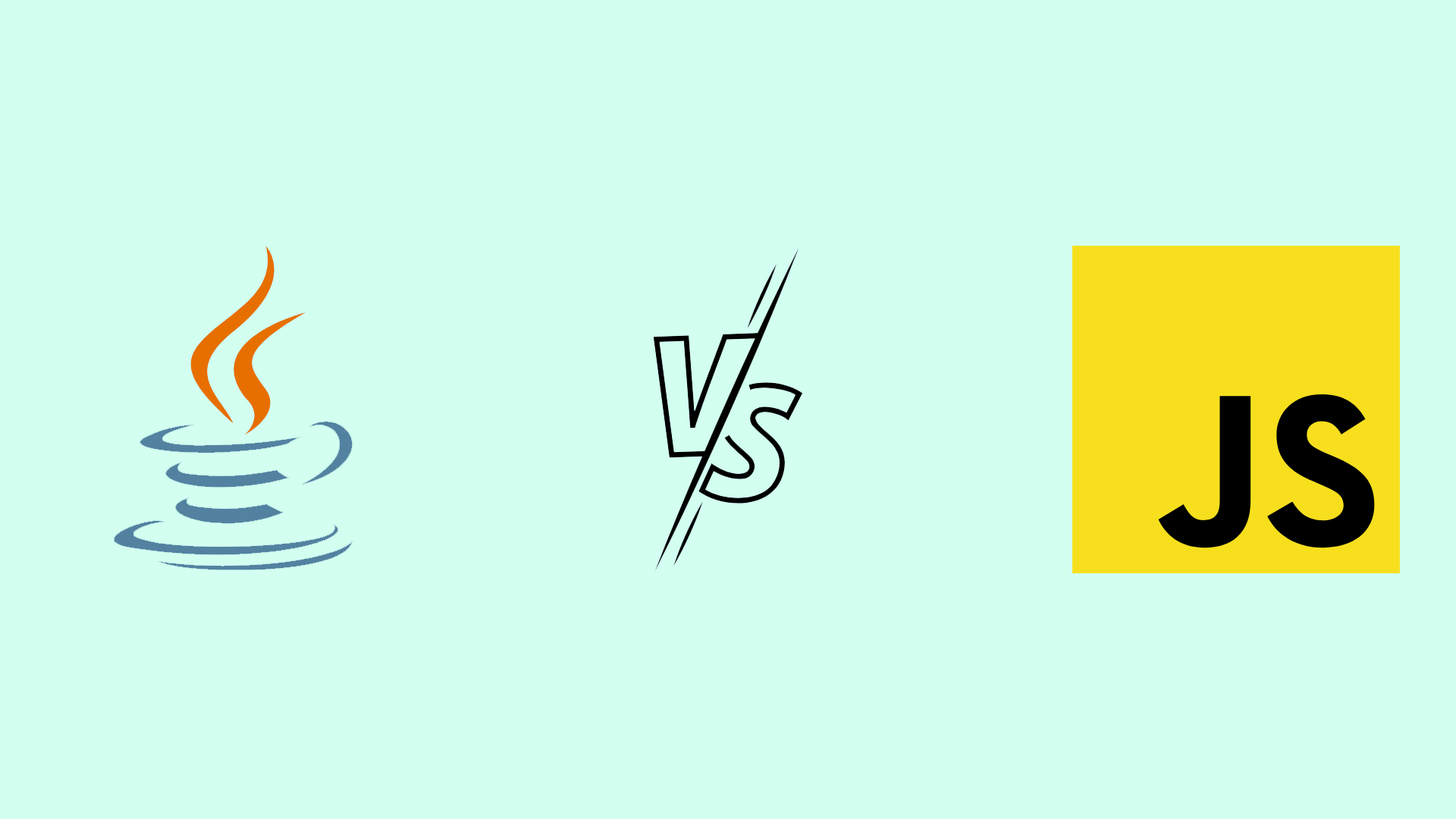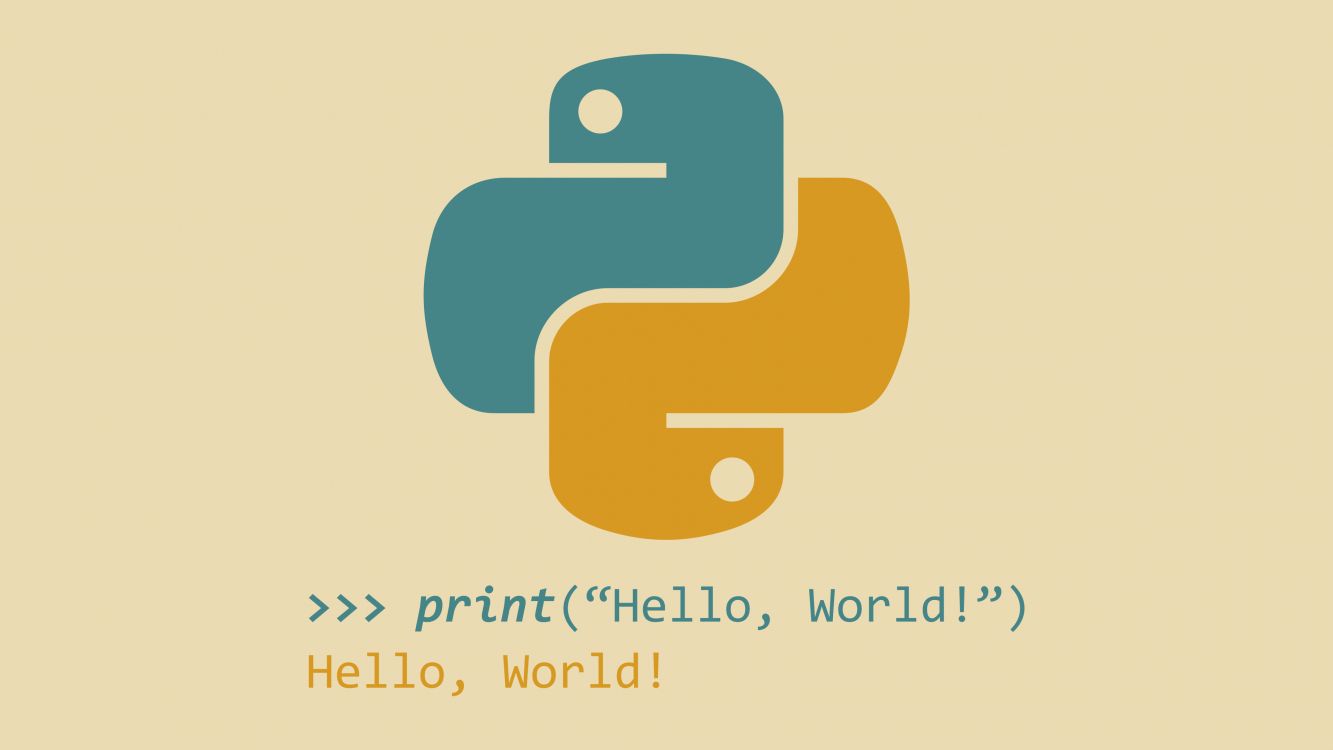Table of Contents
1. Java vs. JavaScript | Introduction
Java vs. JavaScript | Java and JavaScript are two essential programming languages in today’s software development landscape, each with its unique features, use cases, and advantages. Understanding the distinctions between Java and JavaScript is crucial for developers aiming to make informed decisions about which language best suits their projects.
2. History and Background
Origins of Java
Java, originally developed by Sun Microsystems in the mid-1990s, emerged as a versatile and platform-independent language. Initially named Oak, it gained prominence due to its robustness, portability, and suitability for building enterprise-grade applications.
Origins of JavaScript
Contrary to its name, JavaScript has no direct relationship with Java. Created by Brendan Eich at Netscape in 1995, JavaScript was conceived as a lightweight scripting language to enable dynamic interactions and enhance user experience on web pages.
3. Syntax and Usage | Java vs. JavaScript
Java’s syntax, influenced by C and C++, features strong static typing, explicit declaration of data types, and a familiar object-oriented structure. It is commonly used for developing server-side applications, enterprise software, and Android mobile applications.
JavaScript’s syntax, while sharing some similarities with Java, offers more flexibility and simplicity. Its dynamic typing, functional programming capabilities, and prototype-based inheritance make it well-suited for client-side scripting, web development, and creating interactive user interfaces.
4. Platform and Environment | Java vs. JavaScript
Java’s hallmark feature is its platform independence, achieved through the Java Virtual Machine (JVM), which allows Java code to run on any platform without modification. This makes Java ideal for building cross-platform applications and systems requiring high performance and scalability.
JavaScript, on the other hand, is inherently tied to web browsers and their runtime environments. It operates within the browser’s Document Object Model (DOM), enabling dynamic content manipulation, event handling, and client-side validation.
5. Typing System | Java vs. JavaScript
Java employs a statically typed system, where variables are explicitly declared with their data types at compile time. This helps catch errors early in the development process, resulting in more robust and reliable code.
JavaScript, in contrast, follows a dynamically typed system, allowing variables to hold values of any type. While this flexibility simplifies coding, it can also lead to runtime errors if not managed carefully.
6. Object-Oriented Programming | Java vs. JavaScript
Java is renowned for its robust support for object-oriented programming (OOP) principles, including encapsulation, inheritance, and polymorphism. These features enable developers to build modular, maintainable, and scalable applications with ease.
JavaScript also supports OOP paradigms but adopts a prototype-based inheritance model. Objects inherit properties and behaviors directly from other objects, offering a lightweight and flexible approach to building reusable components and structures.
7. Concurrency | Java vs. JavaScript
Java offers comprehensive support for concurrency through features like threads, locks, and synchronized blocks. This makes it suitable for developing multi-threaded applications and executing tasks concurrently, enhancing performance and responsiveness.
JavaScript, being single-threaded by nature, relies on asynchronous programming techniques to handle concurrent operations efficiently. Callbacks, promises, and async/await are commonly used to manage non-blocking I/O operations and maintain responsiveness in web applications.
8. Performance | Java vs. JavaScript
Java is renowned for its performance, thanks to its compiled nature and efficient execution on the JVM. With advanced optimizations and JIT (Just-In-Time) compilation, Java applications exhibit high throughput and low latency, making them suitable for mission-critical systems and performance-sensitive environments.
JavaScript’s performance, while improving steadily with advancements in browser engines and runtime environments, can vary depending on factors like browser compatibility, code complexity, and execution context. Modern JavaScript frameworks and techniques strive to minimize overhead and maximize performance, especially in web applications and interactive user interfaces.
9. Community and Ecosystem | Java vs. JavaScript
Java boasts a vast and mature ecosystem, supported by a thriving community of developers, organizations, and open-source contributors. A plethora of libraries, frameworks, and tools cater to diverse use cases, ranging from enterprise software development to mobile app development and cloud computing.
JavaScript’s ecosystem is equally vibrant and diverse, driven by the popularity of web development and the proliferation of modern frameworks and libraries. Frameworks like React, Angular, and Vue.js have revolutionized front-end development, while Node.js has extended JavaScript’s capabilities to server-side programming, enabling full-stack JavaScript development and fostering innovation in web development.
10. Learning Curve | Java vs. JavaScript
Java’s strict syntax and comprehensive feature set can pose a steep learning curve for beginners, requiring proficiency in concepts like object-oriented programming, memory management, and concurrency. However, the abundance of learning resources, tutorials, and community support makes Java accessible to aspiring developers willing to invest time and effort in mastering the language.
JavaScript, with its forgiving syntax and lightweight nature, is generally considered more approachable for beginners. Concepts like variables, functions, and control structures are easy to grasp, facilitating rapid prototyping and experimentation. However, mastering advanced topics like asynchronous programming, closures, and functional programming may require additional effort and practice.
11. Job Market and Opportunities | Java vs. JavaScript
Both Java and JavaScript developers enjoy robust demand in the job market, reflecting the widespread adoption of these languages across industries and domains. Java developers are sought after for roles in enterprise software development, Android app development, and backend systems engineering. JavaScript developers, on the other hand, find opportunities in web development, front-end engineering, and full-stack development, with expertise in frameworks like React, Angular, and Node.js being highly valued.
12. Advanced Features and Capabilities | Java vs. JavaScript
Java:
Java offers a plethora of advanced features and capabilities, including lambdas, streams, and modularization introduced in recent versions. Lambdas enable functional programming paradigms and concise syntax for handling collections and asynchronous tasks. Streams provide a declarative approach to processing data in a pipeline-like manner, enhancing code readability and maintainability. Modularization, introduced in Java 9, enables better code organization, dependency management, and encapsulation, facilitating the development of scalable and maintainable applications.
JavaScript:
JavaScript’s evolution has brought about significant advancements in recent years, with features like arrow functions, async/await, and destructuring enhancing developer productivity and code expressiveness. Arrow functions provide a concise syntax for defining anonymous functions, simplifying callback-based and functional programming patterns. Async/await, introduced in ES8 (ECMAScript 2017), offers a more intuitive and readable way to handle asynchronous operations, making asynchronous code easier to understand and maintain. Destructuring enables efficient extraction of values from arrays and objects, reducing boilerplate code and enhancing code readability.
13. Tooling and Development Environment | Java vs. JavaScript
Java:
Java developers benefit from a rich ecosystem of development tools and integrated development environments (IDEs) like IntelliJ IDEA, Eclipse, and NetBeans. These IDEs offer advanced features such as code navigation, refactoring, debugging, and profiling, streamlining the development workflow and enhancing productivity. Additionally, build automation tools like Apache Maven and Gradle simplify project setup, dependency management, and continuous integration, enabling seamless collaboration and code sharing among team members.
JavaScript:
JavaScript developers have access to a wide range of development tools and editors tailored to their preferences and workflows. Popular choices include Visual Studio Code, Sublime Text, and Atom, which provide features like syntax highlighting, code completion, and integrated terminal support for writing JavaScript code. Moreover, package managers like npm (Node Package Manager) and Yarn facilitate dependency management, version control, and package distribution, empowering developers to leverage the vast ecosystem of JavaScript libraries and frameworks effectively.
14. Security Considerations | Java vs. JavaScript
Java:
Java’s security model, built upon the principle of sandboxing and bytecode verification, offers robust protection against common security threats like buffer overflows, memory corruption, and code injection attacks. The JVM’s security manager enforces fine-grained access controls, restricting potentially harmful operations and ensuring the integrity and confidentiality of Java applications. Additionally, standard cryptographic libraries and security APIs empower Java developers to implement secure communication, data encryption, and access control mechanisms in their applications.
JavaScript:
JavaScript’s execution within the browser environment exposes it to various security risks, including cross-site scripting (XSS), cross-site request forgery (CSRF), and client-side data manipulation attacks. Developers must adopt best practices like input validation, output encoding, and secure coding practices to mitigate these risks effectively. Frameworks like Content Security Policy (CSP) provide additional layers of defense by controlling resource loading and script execution, reducing the impact of XSS attacks and enhancing the security posture of web applications.
15. Which One to Choose ? | Java vs. JavaScript
The choice between Java and JavaScript depends on various factors, including the nature of the project, target platform, development team’s expertise, and performance requirements. Java is well-suited for building robust backend systems, enterprise applications, and Android mobile apps, thanks to its platform independence, strong typing, and extensive ecosystem of libraries and frameworks. JavaScript, on the other hand, excels in web development, front-end engineering, and interactive user interfaces, leveraging its dynamic nature, asynchronous programming model, and rich ecosystem of frameworks like React, Angular, and Node.js. Ultimately, developers should evaluate the specific requirements and constraints of their projects to determine the most suitable language and platform for their needs.
16. Conclusion | Java vs. JavaScript
In conclusion, Java and JavaScript represent two pillars of modern software development, each offering unique strengths and capabilities. While Java shines in backend development, enterprise software engineering, and platform-independent applications, JavaScript dominates the realm of web development, client-side scripting, and interactive user interfaces. By understanding the nuances of these languages and their respective ecosystems, developers can make informed decisions and leverage the right tools and technologies to build innovative and scalable solutions that meet the demands of today’s dynamic market landscape.
17. FAQs | Java vs. JavaScript
1. Is Java the same as JavaScript?
No, Java and JavaScript are distinct programming languages with different syntax, semantics, and use cases. While both languages share some similarities in their names and syntax, they serve different purposes and operate in different runtime environments.
2. Can I use Java for web development?
While Java can be used for web development, it is more commonly employed for building backend systems, enterprise applications, and Android mobile apps. Frameworks like Spring Boot and JavaServer Pages (JSP) enable developers to create dynamic web applications using Java technologies.
3. Is JavaScript easier to learn than Java?
For many developers, JavaScript is considered easier to learn than Java due to its forgiving syntax, lightweight nature, and immediate feedback in web browsers. However, mastery of advanced concepts like asynchronous programming, closures, and functional programming may require additional effort and practice.
4. What type of projects is Java best suited for?
Java is well-suited for a wide range of projects, including large-scale enterprise applications, backend systems, Android mobile apps, and cross-platform solutions. Its platform independence, strong typing, and extensive ecosystem of libraries and frameworks make it an ideal choice for mission-critical applications requiring performance, scalability, and reliability.
5. How do Java and JavaScript interact with each other?
Java and JavaScript can interact with each other through various means, including server-side communication, inter-process communication, and integration via APIs and web services. For instance, Java-based web servers can serve JavaScript files and dynamically generate HTML content rendered in web browsers, enabling seamless integration of Java and JavaScript components in web applications.
6. What are the main advantages of using Java for enterprise applications?
Java offers several advantages for enterprise applications, including platform independence, scalability, performance, and a mature ecosystem of libraries and frameworks. Its strong typing, object-oriented nature, and robust support for concurrency and multithreading make it well-suited for building large-scale, mission-critical systems that meet the demands of modern businesses.
7. How does JavaScript handle asynchronous operations?
JavaScript employs asynchronous programming techniques such as callbacks, promises, and async/await to handle non-blocking I/O operations and concurrent tasks efficiently. By leveraging event-driven architecture and non-blocking event loops, JavaScript ensures responsiveness and scalability in web applications, enhancing user experience and performance.
8. Can Java and JavaScript be used together in the same project?
Yes, Java and JavaScript can coexist within the same project, especially in full-stack web development scenarios. Java can power the backend logic and business logic, while JavaScript handles client-side interactions, dynamic content rendering, and user interface enhancements in web browsers. Frameworks like Spring Boot and Node.js facilitate seamless integration between Java and JavaScript components, enabling developers to build comprehensive solutions that leverage the strengths of both languages.
9. What are some notable companies using Java and JavaScript in their tech stacks?
Many prominent companies leverage Java and JavaScript in their tech stacks for various purposes. For instance, companies like Netflix, LinkedIn, and Airbnb rely on Java for backend infrastructure, data processing, and microservices architecture, while companies like Google, Facebook, and Twitter utilize JavaScript extensively for front-end development, web applications, and user interface enhancements.
10. Are there any upcoming trends or advancements in Java and JavaScript development?
In Java development, upcoming trends include the adoption of newer versions like Java 17, the continued evolution of microservices architecture, and the rise of cloud-native development practices. In JavaScript development, advancements in server-side JavaScript (Node.js), progressive web applications (PWAs), and the proliferation of serverless computing are shaping the future of web development and application deployment. Keeping abreast of these trends can help developers stay ahead in the ever-evolving landscape of software development.
Check out our article Empower Your Life-Changing Journey: A Beginner’s Guide to Learning Coding – 10 Steps to Shine!💡🌐











